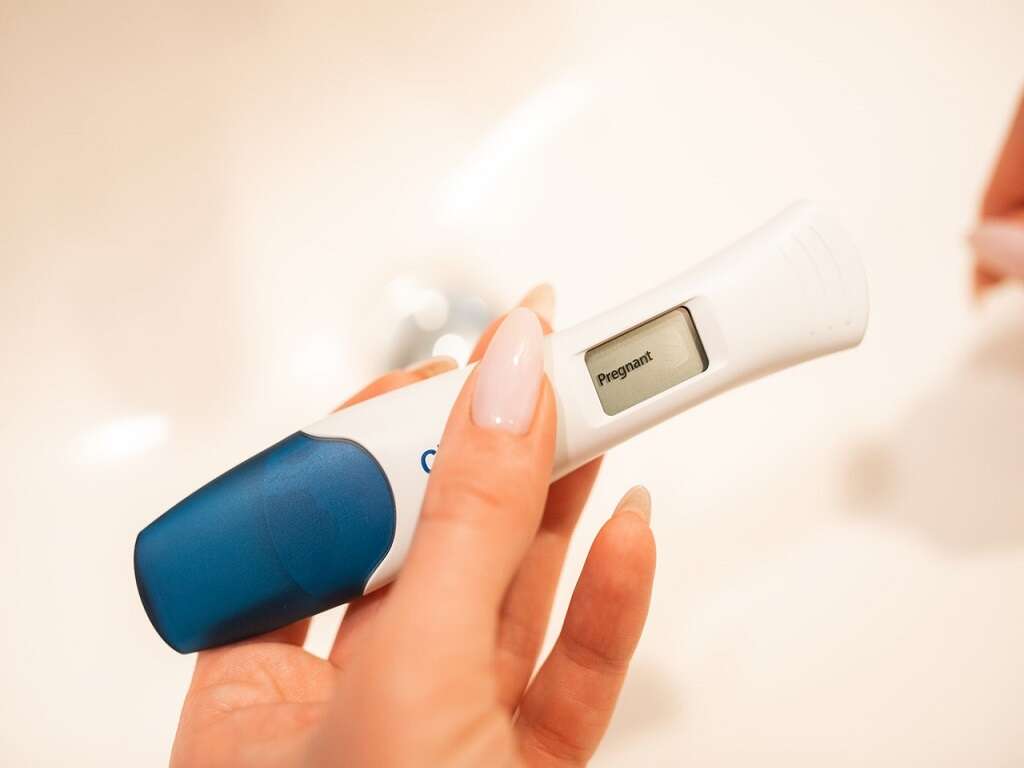What Causes BV?
5. Diagnosis
Patient history and examination are crucial for the diagnosis of all conditions. Microscopic examination of the discharge is considered necessary for the diagnosis of BV. The bacterial flora from the vagina can also be examined for changes. A healthy vagina predominantly contains lactobacilli. Vaginal swabs should be tested for a “fishy” odor, loss of acidity, and the presence of clue cells. In clinical practice, diagnosis of BV can be achieved when 3 out of 4 of the Amsel criteria are met.
An alternative is to use a Gram-stained vaginal smear with the Hay/Ison or Nugent criteria. The rapid diagnosis of BV in symptomatic women can also be performed using the Affirm VPIII test (although expensive).
Advertisement












